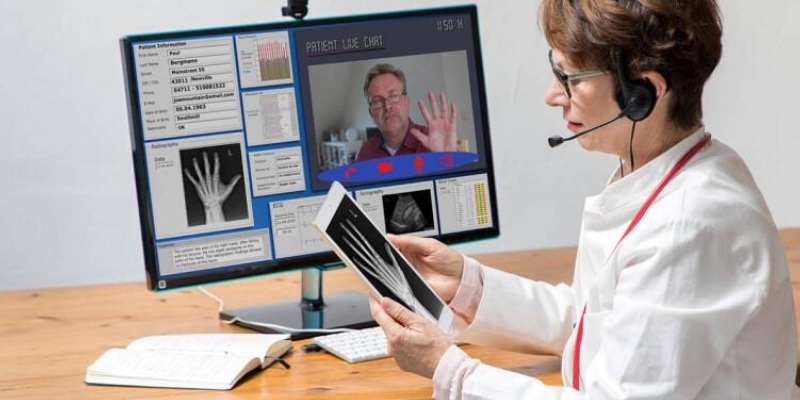As technology continues to redefine the landscape of healthcare, telemedicine has emerged as a transformative force, offering unprecedented access to medical services. In this guide, we’ll explore the growing role of telemedicine within the realm of Medicare, highlighting the benefits and opportunities it brings for beneficiaries seeking convenient and accessible healthcare.
1. Understanding Telemedicine in the Context of Medicare
Telemedicine, or telehealth, refers to the use of digital communication technologies to provide remote healthcare services. For Medicare beneficiaries, this means the ability to consult with healthcare professionals, receive diagnoses, and even undergo certain treatments without leaving the comfort of their homes.2. Telemedicine Services Covered by Medicare
Medicare has expanded its coverage to include various telemedicine services to ensure beneficiaries have access to a wide range of healthcare resources. This includes virtual visits with doctors, mental health counseling, preventive health screenings, and remote monitoring for certain chronic conditions.3. Benefits of Telemedicine for Medicare Beneficiaries
- Convenience:
- Telemedicine eliminates the need for travel to healthcare facilities, making it especially convenient for individuals with mobility challenges or those living in remote areas.
- Access to Specialists:
- Beneficiaries can consult with specialists located in different geographic regions, expanding access to specialized care that might not be locally available.
- Reduced Wait Times:
- Virtual appointments often result in shorter wait times, allowing beneficiaries to receive timely medical attention and avoid the delays associated with in-person visits.
- Cost Savings:
- Telemedicine can reduce healthcare costs for both beneficiaries and the Medicare program by minimizing travel expenses and the need for physical infrastructure.
- Continuity of Care:
- Telemedicine supports continuous care, enabling beneficiaries to maintain regular check-ins with their healthcare providers and adhere to treatment plans without disruptions.
4. Types of Telehealth Services Available
- Telehealth Visits:
- Virtual appointments with primary care physicians, specialists, and other healthcare professionals.
- Remote Patient Monitoring:
- Beneficiaries with chronic conditions can use connected devices to monitor vital signs and share data with healthcare providers for remote management.
- Telepsychiatry and Teletherapy:
- Access mental health services through virtual sessions with psychiatrists, psychologists, and therapists.
- E-Consultations and Second Opinions:
- Seek expert opinions or consultations from specialists without the need for in-person visits.
5. Medicare’s Response to the COVID-19 Pandemic
In response to the COVID-19 pandemic, Medicare has temporarily expanded its telehealth coverage, allowing beneficiaries to access a broader range of services virtually. This has proven crucial in maintaining healthcare services while minimizing the risk of exposure to the virus.6. How to Access Telemedicine Services with Medicare
- Check Coverage:
- Confirm which telehealth services are covered by your specific Medicare plan.
- Choose Telehealth-Enabled Providers:
- Opt for healthcare providers who offer telehealth services and are equipped to conduct virtual visits.
- Utilize Virtual Platforms:
- Participate in virtual appointments using approved platforms or technologies recommended by your healthcare provider.
- Verify Costs:
- Understand the costs associated with telemedicine services, including copayments or coinsurance.



